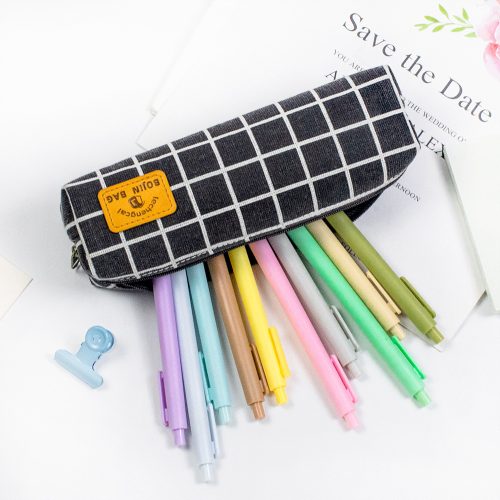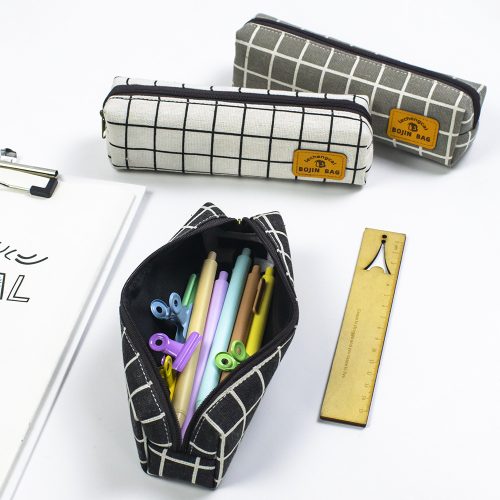Pencil safety is essential for children, especially since pencils are commonly used by kids at home and in school. Teaching children about the proper handling and use of pencils helps prevent accidents and injuries. Here’s a guide for children on pencil safety:
- Hold the Pencil Correctly: Teach children the proper way to hold a pencil. The pencil should be gripped between the thumb and the first two fingers, with the index finger resting on top. Encourage them to use a relaxed and comfortable grip to avoid strain.
- No Running with Pencils: Emphasize that running or walking with a pencil in hand is not safe. Children should always put their pencils down when they need to move quickly to avoid tripping and injuring themselves or others.
- Keep Pencils Pointed Down: Teach children to keep the pointed end of the pencil facing downward when not in use. This prevents accidental stabbings or pokes.
- Avoid Throwing Pencils: Throwing pencils, even in play, can be dangerous. Pencils can easily hit someone and cause injuries, so it’s important to discourage this behavior.
- Use Pencils for Their Intended Purpose: Pencils are meant for writing, drawing, and similar activities. Stress the importance of using pencils only for these purposes and not for poking, scratching, or other potentially harmful actions.
- Sharpen Pencils Safely: If children need to sharpen their pencils, show them how to do it safely using a pencil sharpener. Teach them not to use makeshift methods like knives or scissors, which can be dangerous.
- Store Pencils Safely: When pencils are not in use, teach children to store them in a pencil case or holder. This prevents pencils from rolling off tables or getting lost, reducing the risk of accidents.
- Be Careful During Group Activities: When children are working in groups or sharing materials, remind them to be cautious with pencils. They should avoid poking or accidentally injuring others while collaborating.
- Report Broken Pencils: If a pencil becomes broken or damaged, children should report it to an adult or teacher. Broken pencils can have sharp edges that may cause injury.
- Keep Pencils Away from the Face: Discourage children from putting pencils near their faces, especially in their mouths or ears. This can lead to choking hazards or injuries.
- Emergency Response: In the event of an accident involving a pencil, children should know to immediately tell a trusted adult or teacher. Minor injuries should be cleaned and treated with first aid, while more severe injuries require professional medical attention.
- Respect Personal Space: Teach children to respect each other’s personal space and not use pencils to invade that space. They should avoid poking, prodding, or playing with pencils near others.
Remember that consistent reinforcement of these safety rules is essential. It’s also a good idea to lead by example and demonstrate safe pencil use to children. By teaching them about pencil safety from a young age, you can help ensure that they use this everyday tool responsibly and without accidents.


